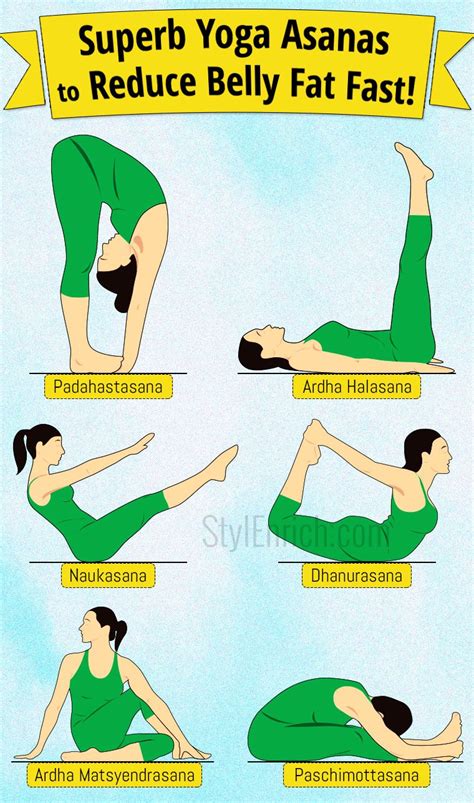How to Reduce Tummy Belly Fat: A Comprehensive Guide
Belly fat, that stubborn layer of adipose tissue around your midsection, can be frustrating to lose. But don't despair! While spot reduction (losing fat in just one area) is a myth, you can reduce overall body fat, including that pesky tummy fat, through a combination of lifestyle changes. This comprehensive guide will provide you with actionable strategies to achieve a flatter stomach and a healthier you.
Understanding Belly Fat
Before diving into solutions, it's crucial to understand what contributes to belly fat accumulation. Several factors play a role, including:
- Poor Diet: A diet high in processed foods, sugary drinks, and unhealthy fats contributes significantly to belly fat. These foods are often calorie-dense and lack essential nutrients.
- Lack of Exercise: Insufficient physical activity slows down your metabolism and makes it harder to burn calories, leading to fat storage.
- Stress: Chronic stress increases cortisol levels, a hormone that promotes belly fat storage.
- Genetics: Your genetic predisposition can influence your body's tendency to store fat around the abdomen.
- Sleep Deprivation: Lack of sleep disrupts hormone regulation, leading to increased appetite and fat storage.
Effective Strategies to Reduce Tummy Belly Fat
Reducing belly fat requires a holistic approach. Here's a breakdown of effective strategies:
1. Dietary Changes: Fueling Your Body Right
What to Eat More Of:
- Lean Protein: Incorporating lean protein sources like chicken breast, fish, beans, and lentils helps you feel fuller for longer, reducing overall calorie intake.
- Fruits and Vegetables: These are packed with fiber, vitamins, and minerals, promoting satiety and boosting metabolism.
- Whole Grains: Choose whole grains over refined grains as they provide more fiber and nutrients.
- Healthy Fats: Include sources like avocados, nuts, and olive oil, which are beneficial for overall health.
What to Limit:
- Sugary Drinks: Soda, juice, and sweetened beverages are loaded with empty calories and contribute significantly to belly fat.
- Processed Foods: These are often high in unhealthy fats, sodium, and added sugars.
- Excessive Alcohol: Alcohol consumption can increase calorie intake and promote fat storage.
2. Exercise: Moving Your Body for a Healthier You
A combination of cardio and strength training is essential for reducing belly fat:
- Cardio: Activities like running, swimming, cycling, and brisk walking help burn calories and improve cardiovascular health. Aim for at least 150 minutes of moderate-intensity cardio per week.
- Strength Training: Building muscle mass increases your metabolism, helping you burn more calories even at rest. Include exercises targeting major muscle groups.
3. Stress Management: Finding Your Inner Peace
Chronic stress can lead to increased cortisol levels, promoting belly fat storage. Practice stress-reducing techniques such as:
- Yoga: Yoga combines physical postures, breathing techniques, and meditation to reduce stress and improve overall well-being.
- Meditation: Regular meditation can help calm your mind and reduce stress hormones.
- Deep Breathing Exercises: Simple deep breathing exercises can help lower stress levels and improve relaxation.
4. Prioritize Sleep: Rest and Recovery
Getting adequate sleep is crucial for overall health and weight management. Aim for 7-9 hours of quality sleep per night. Establish a regular sleep schedule and create a relaxing bedtime routine.
5. Stay Hydrated: The Importance of Water
Drinking plenty of water throughout the day helps boost your metabolism, aids digestion, and can help you feel fuller, potentially reducing overall calorie intake.
Conclusion: A Journey to a Healthier You
Reducing tummy belly fat is a journey, not a race. By consistently implementing these strategies and making sustainable lifestyle changes, you can achieve a healthier body composition and a flatter stomach. Remember to consult with a healthcare professional or registered dietitian before making significant dietary or exercise changes. Consistency and patience are key – celebrate your progress along the way!
